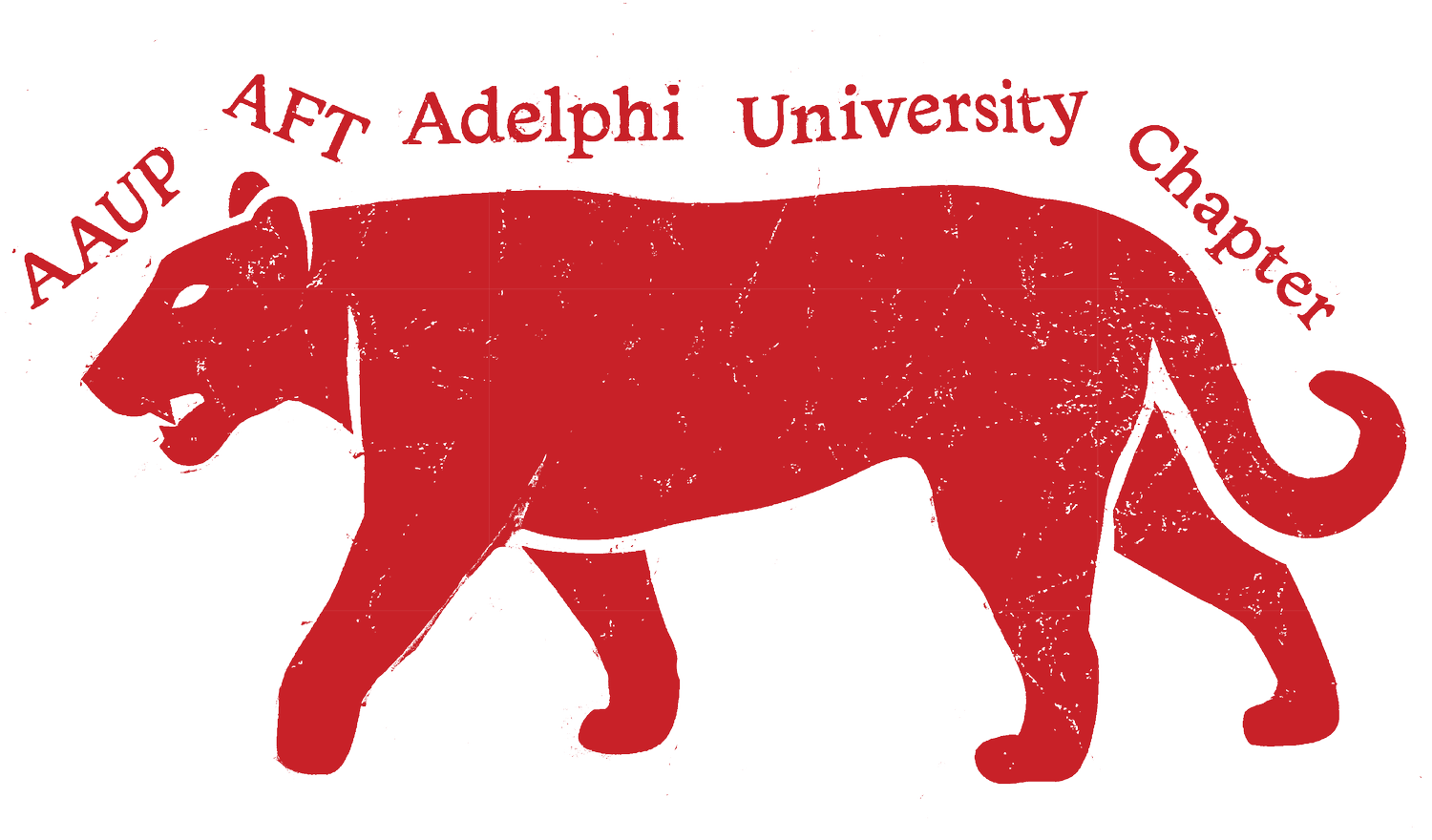Joshua P. Hiller, Assistant Professor
Mathematics and Computer Science
I am the son of a refugee: My mother arrived to the US in 1982 escaping Argentina’s dirty war. She was 21 years old and the violence had twice interrupted her studies and caused her, and the rest of her family, years of physical and psychological stress by the time she finally escaped. I think about what it was like for her when she found safety: five siblings sharing one bed room with her parents sleeping in the living room. Eating rice and lettuce for every meal for over a month. For her, school was a haven. She had more space sitting at a desk in class than she ever had to herself at home. She had one notebook for all classes and borrowed books from classmates; but still, school felt safe and she felt protected. She seemed like everyone else: a student trying her best to learn.
If my mother was a student today things would be different: synchronous zoom classes would have made her feel exposed and revealed her extreme poverty to her classmates and teachers; perhaps her one notebook would have translated into a single device shared by all five siblings; her parents didn’t speak English and so she would have had to undertake the extra task of communicating all the relevant information to them: the public health warnings, the policy changes, the need for masks, the reason the schools were closed.
The COVID epidemic has acted like a magnifying glass to the financial and systemic inequality that poor and minority communities have always faced. No one has been isolated from the horrors of the disease, but the most vulnerable among us are paying a disproportionate price. Not only because people of color and the poor are more likely to fall ill from COVID-19, and to die if they do fall ill (BBC: Why some racial groups are more vulnerable), but also because the epidemic has stripped away the few oasis of rest and tranquility that were available: Parks, schools, universities, gyms, libraries, the places that provided community and diversion all are closed.
Our students are at home: dealing with all the same stress that we are, trying their best to cope with the death and chaos around them. Trying to make it through the end of the semester. If ever there was a time to truly try and embrace empathy it is now.
